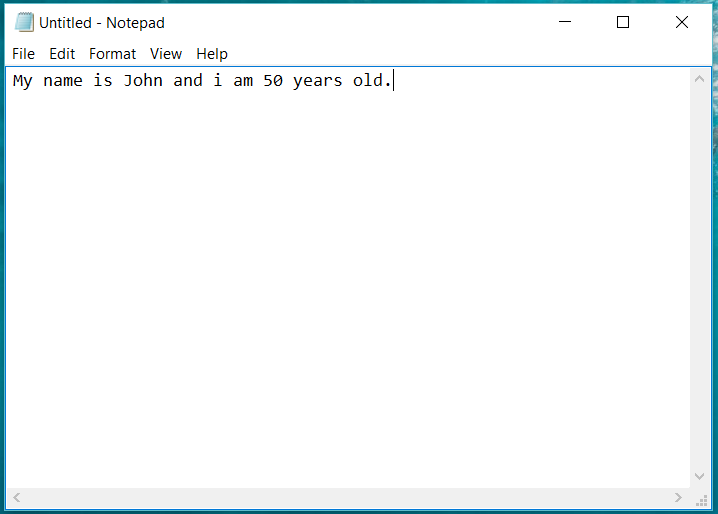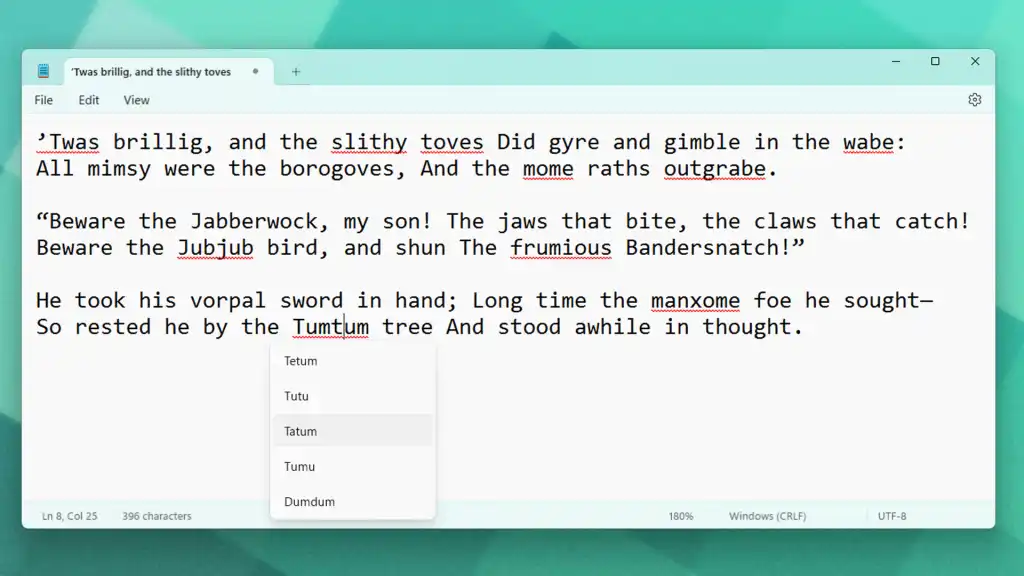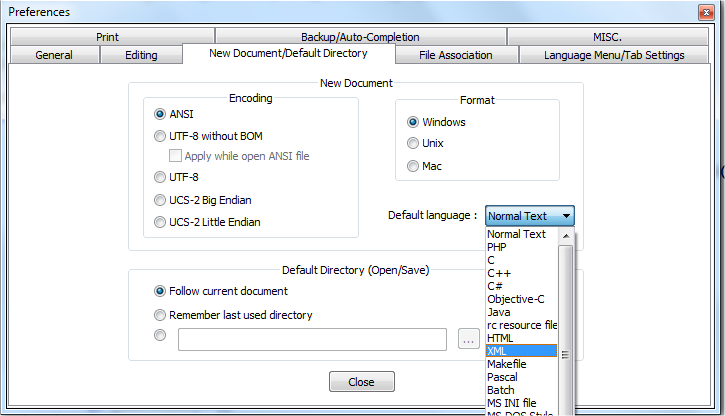
Analysts Warn of Potential Risks for Alphabet Amid Google Breakup Speculations, Despite Stock Gains
Latest News
Zaker Adham
17 August 2024
08 July 2024
|
Zaker Adham
Summary
Summary

Microsoft's classic text editor, Notepad, has finally received a groundbreaking update after 41 years. The latest features added to Notepad on Windows 11 include autocorrect and spellcheck, two essential tools that have been noticeably absent until now.
Initially announced in March and rolled out to Windows Insiders in April, the spellcheck feature has now reached the broader Windows 11 user base. Many users might not have noticed the update; a quick check of Notepad on my PC revealed spellcheck enabled without any prompts from Windows Update. Despite its presence in even the simplest word processors today, spellcheck was once a premium feature. Microsoft Word, for example, did not incorporate spellcheck until the early 1990s, nearly a decade after its initial release. Earlier versions of spellcheck required separate programs like Oracle's CoAuthor to scan documents for errors.

Notepad, launched in 1983 as Multi-Tool Notepad, was initially a simplified version of Word. It offered basic text editing features such as bold and underline and was designed to showcase the capabilities of the newly introduced Microsoft Mouse. Over the years, while Notepad has undergone numerous cosmetic updates, its core functionality remained largely unchanged until now.

In the past year, however, Microsoft has given Notepad much-needed attention. Along with the addition of spellcheck and autocorrect, the app now features dark mode, tabs, a history function, and Copilot integration. These enhancements likely come as Microsoft phases out its WordPad app after nearly 30 years.

Now, users will see the familiar red squiggly lines under misspelled words in Notepad, along with options to add new words to the dictionary. In the settings menu, users can toggle spellcheck and autocorrect on or off, as well as customize these features for different file types.

Latest News
Zaker Adham
17 August 2024

Latest News
Zaker Adham
15 August 2024

Latest News
Zaker Adham
14 August 2024

Latest News
Zaker Adham
13 August 2024